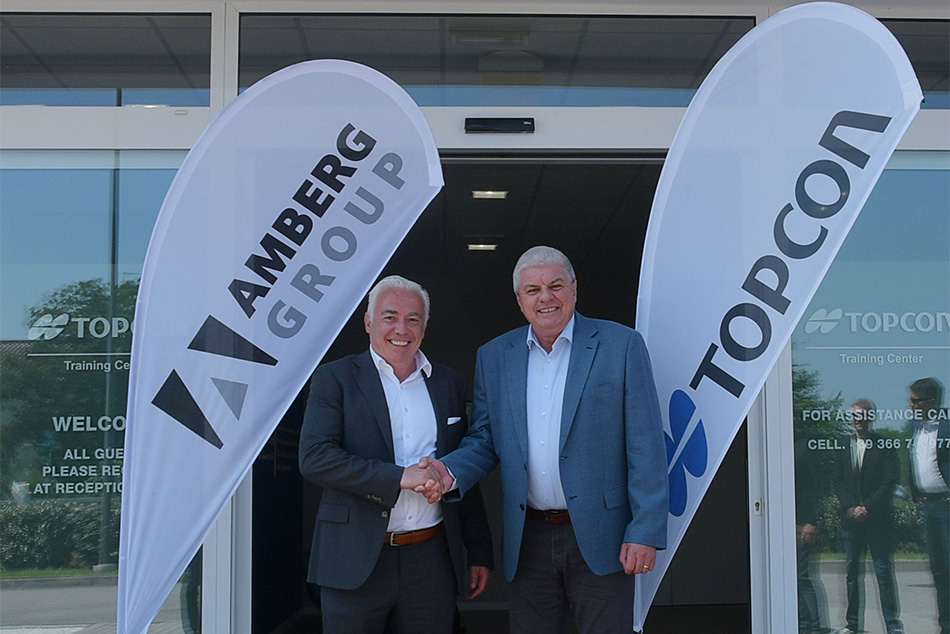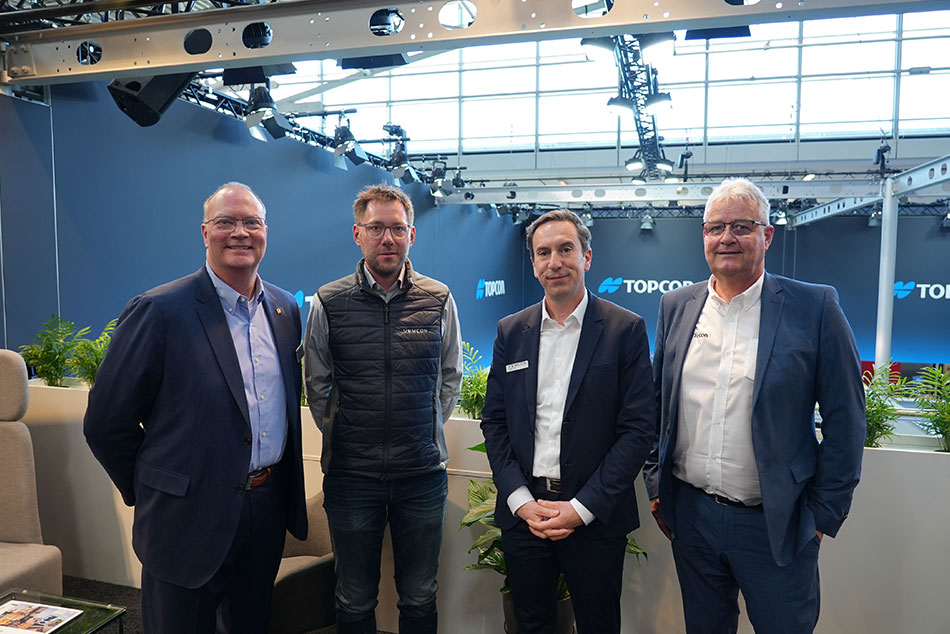Modern infrastructure development requires precision and adaptability. Behind every smoothly functioning facility lies a symphony of meticulous planning, maintenance, and the utilization of cutting-edge technology.
Considered one of the top 100 geospatial firms in the United States, Long Island-based GdB Geospatial (GdB) specializes in survey work, GIS and spatial data management and analysis, Building Information Modeling (BIM), UAV mapping, subsurface utility exploration and more. Their recent venture on behalf of the Great Neck Water Pollution Control District (The District) stands as a testament to their expertise in utilizing geospatial data for tangible advancements.
The project centered on the development of a 3D model — essentially a digital twin of the Great Neck water facility — using Autodesk Revit, a BIM modelling software for architects, landscape architects, structural engineers, MEP engineers, designers and contractors. The District engaged GdB to bridge the gap between existing infrastructure documentation and real-time functionality. Ryan Waters, a project manager at GdB Geospatial, sheds light on the project's inception.




